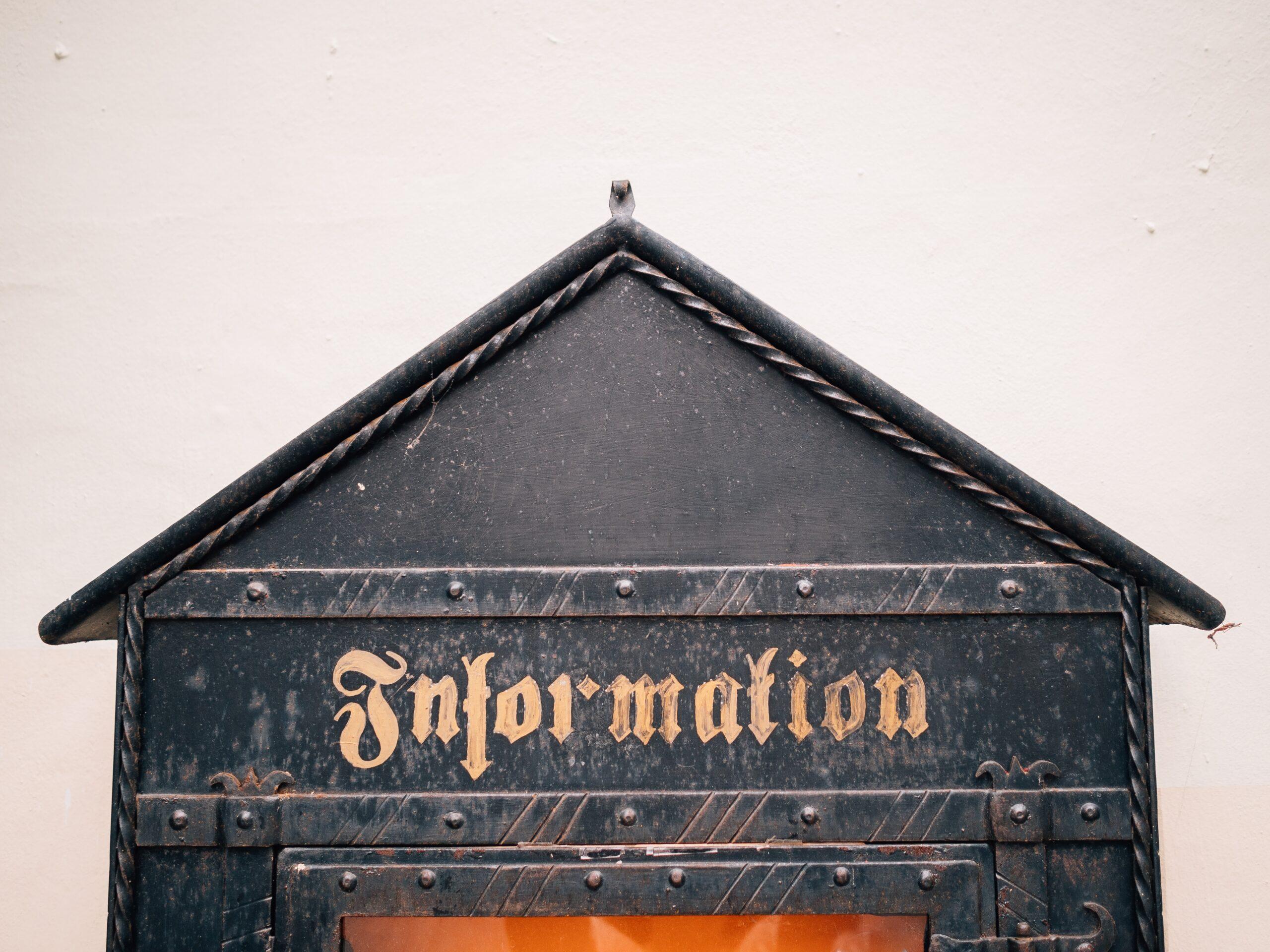Recently I’ve been thinking about the difference between an informational resource and an educational resource. I’ve had the sense that an educational resource is an informational resource with a little something extra and have enjoyed coming back to this thought again and again over the last several weeks, trying to reduce this “something extra” to its simplest form.
Keeping the discussion informal, it seems that an informational resource is simply a compilation or collection of information – ideas, facts, processes, procedures, &c. I think of an encyclopedia as being the quintessential information resource – comprehensive, accurate, and well-organized. If you accept that definition (for sake of this argument), what would need to be added to an informational resource to make it an educational resource?
Many people think of a textbook as the quintessential educational resource. And I first started thinking about this question in the context of institutional open textbook grants. In the typical program, a faculty member proposes to write a textbook and receives funding to do so. As an expert in the discipline, the faculty member is likely highly qualified to create a resource that is comprehensive, accurate, and well-organized. However, in my formulation above, this would be an informational resource. What would need to be added to convert this book into an educational resource?
If the faculty member who received the grant did their graduate work in the United States, the odds are extraordinarily high that they never had a single university class in the science of teaching and learning. Even if they have attended the occasional hour-long lunchtime professional development seminar, they likely learned something significantly more tactical – like how to use their campus LMS – than anything pertaining to the science of teaching or learning. And here is a helpful hint about what it might take to change an informational resource into and educational resource: how might that grant-funded book be different if the faculty member who received the funding was required to truly partner with an instructional designer / learning scientist during the creation process?
Thinking about it this way, it seems like the minimum addition you would have to make to an informational resource to turn it into an educational resource is practice with feedback. Obviously, there is much more you would do if you bringing the full power of the teaching and learning research literature to bear on the design of the resource. But to be minimally educational, I think a resource needs practice with feedback. Without practice with feedback, it would remain a comprehensive, accurate, and well-organized informational resource.
